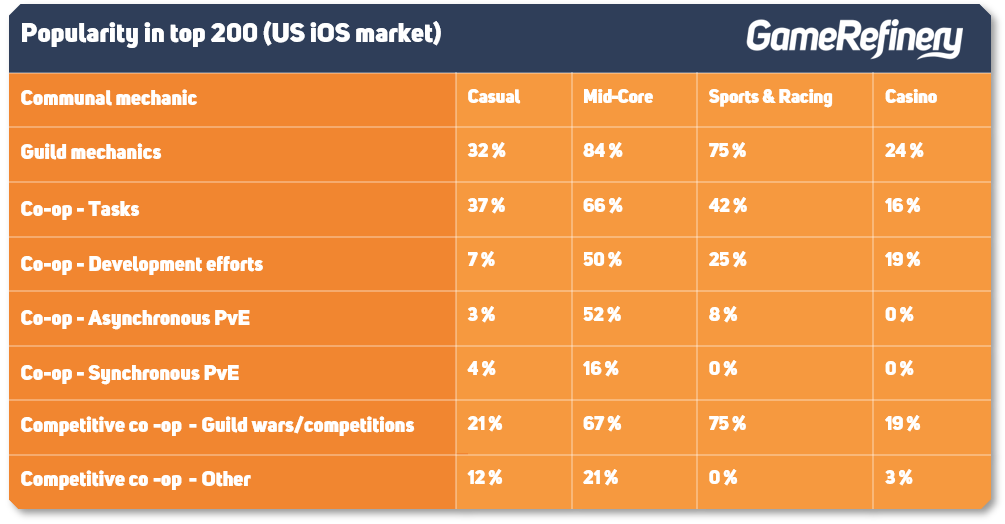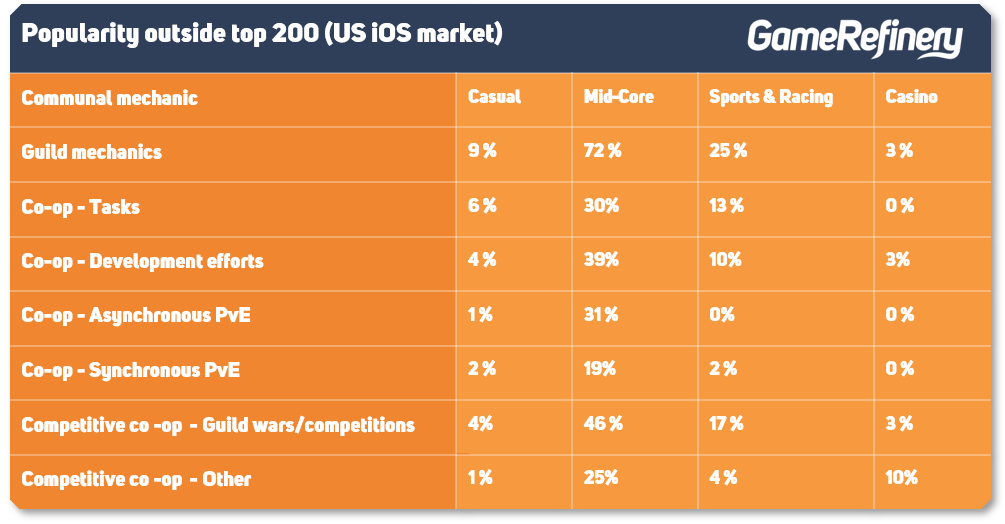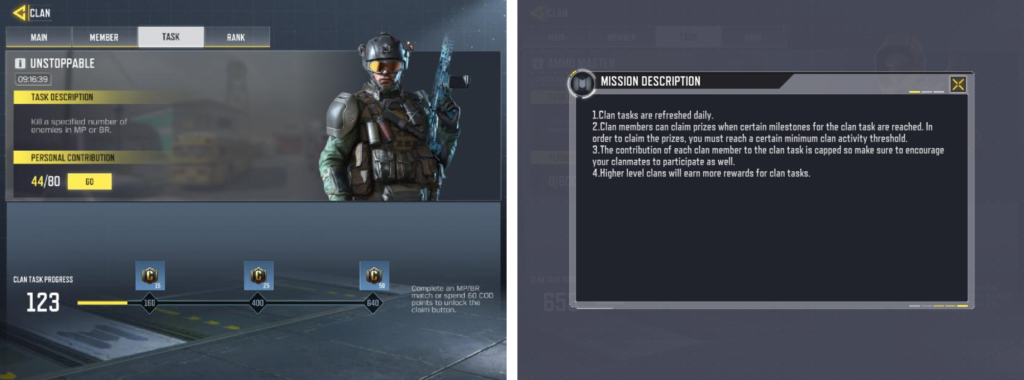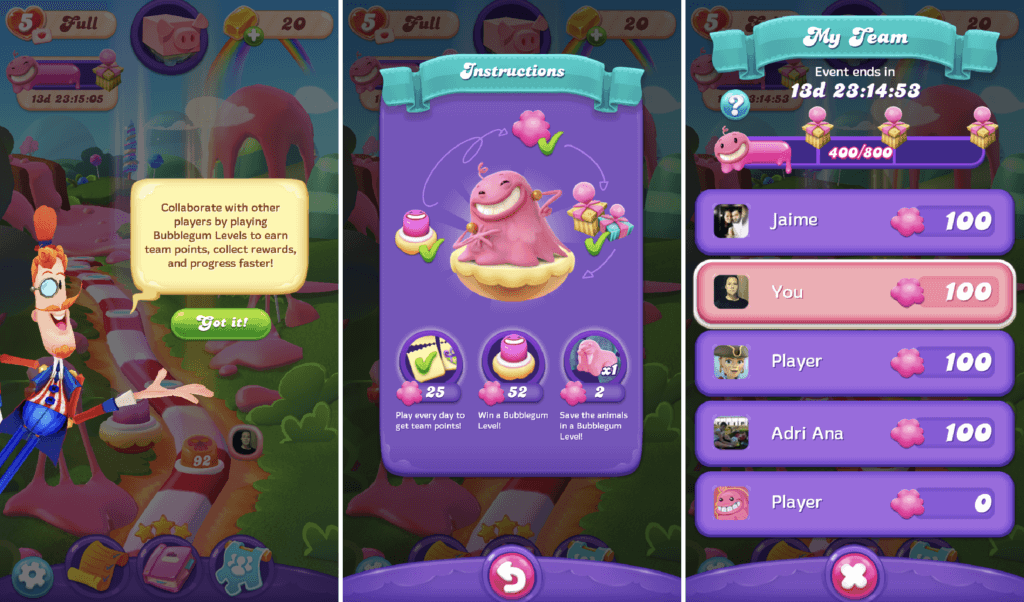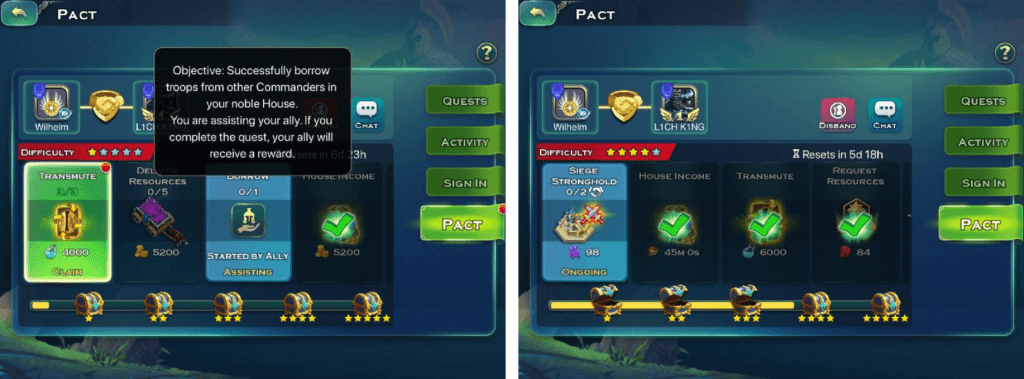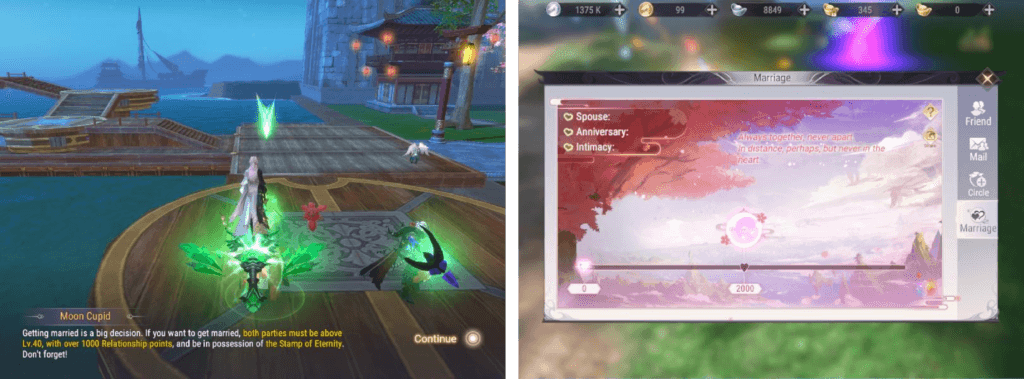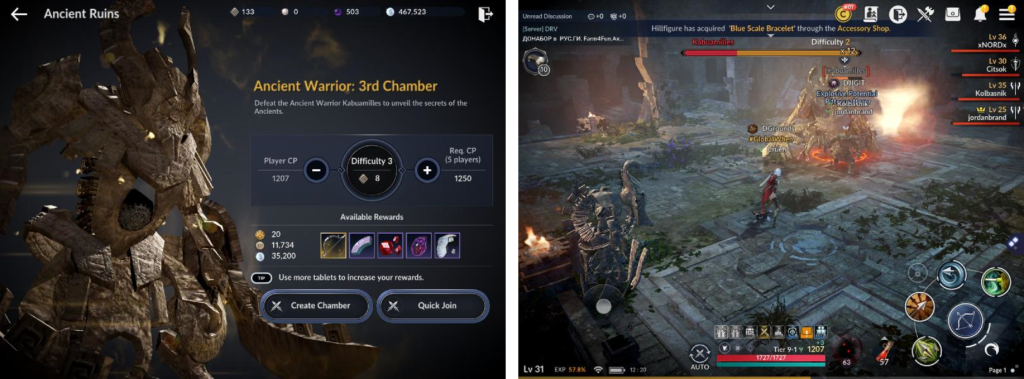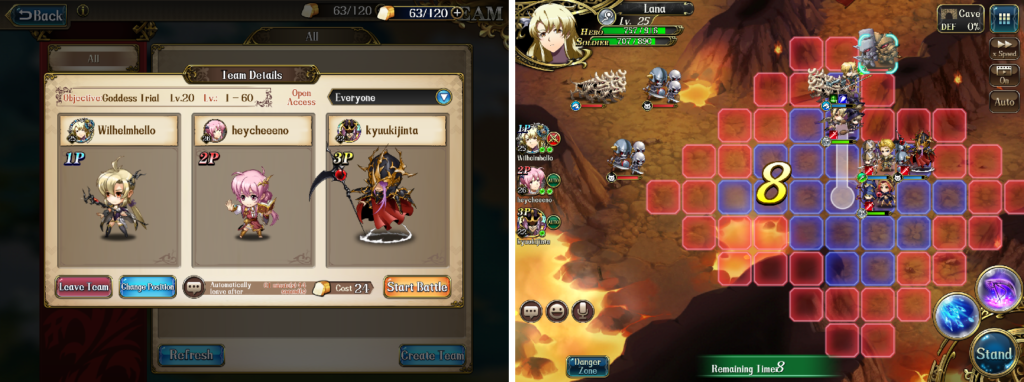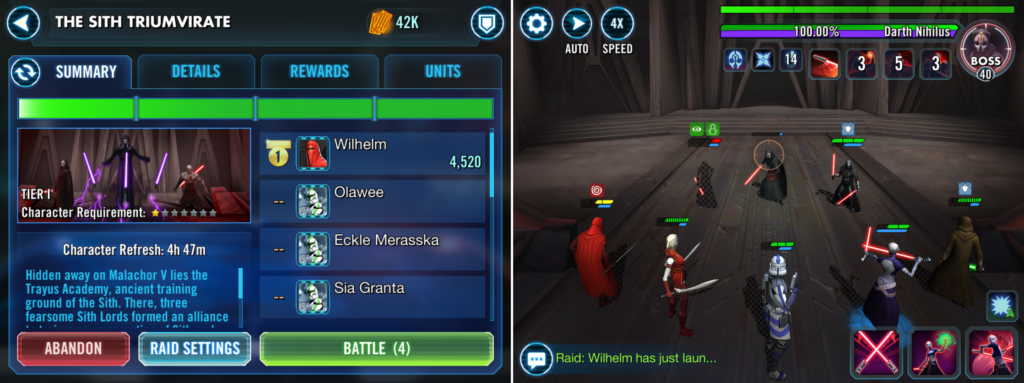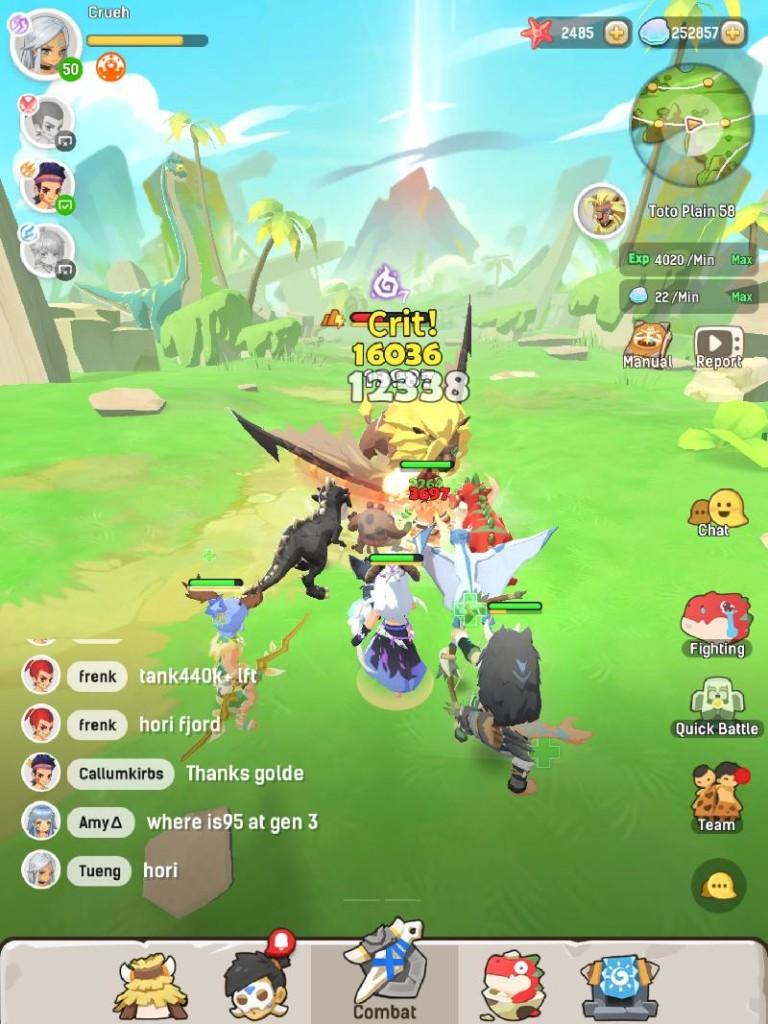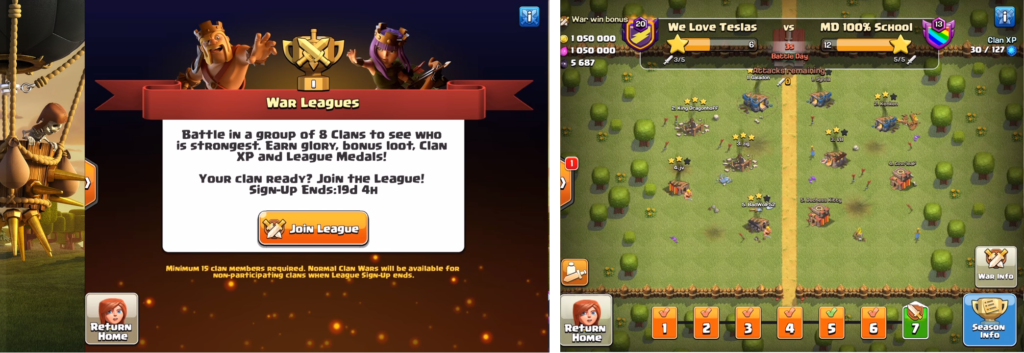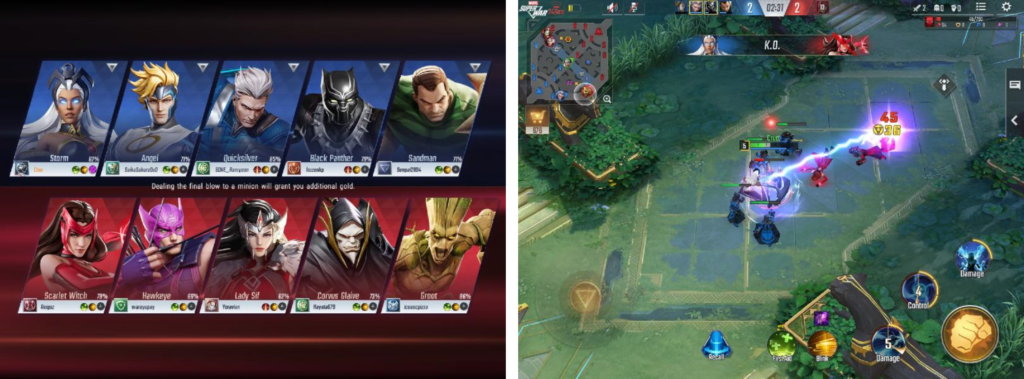For a good while now, communal mechanics such as guilds have been used to boost player engagement and loyalty in mobile games – especially in midcore genres. Last year we started to see communal features making their way to the casual space as well, as more and more top-grossing casual titles introduced guild mechanics to beef up player engagement.
However, it’s good to remember that at the end of the day, guilds are just a platform on which to build other communal features. In this post, we’ll look at various interesting communal features to drive player engagement and how you can do so with or without guild mechanics.
All data and examples in this post are gathered from the GameRefinery service. Check it out here! If you’re interested in researching over 200 in-game features, their popularity, and implementations or checking out feature deconstructions of hundreds of games, you might want to pay a visit!
Let’s kick things off by taking a look at popularity data relating to guilds and communal features in different genre categories from the GameRefinery Market Explorer tool:
The popularity of communal mechanics in different genre categories within and outside the US top 200 grossing.
Some key observations:
- Communal mechanics, in general, differentiate the top 200 grossing games from the others to a high degree.
- More than half of mid-core games in the top 200 grossing utilize co-op tasks, development efforts, asynchronous co-op PvE and guild wars/competitions due to many of them having guild mechanics involving all these features
- Co-op PvE mechanics are used almost exclusively in the mid-core category.
- Over a third of casual games utilize co-op task mechanics, and guild wars/competitions are found among surprisingly many casual games.
- In the Sports & Racing genre, the most common communal feature is guild wars/competitions.
- The Casino category is a bit behind other genres in utilizing communal mechanics.
Implementing communal mechanics
As I already mentioned, guilds are often used as a foundation for implementing various communal mechanics. However, this is not always the case because various co-op features can (and have been) successfully pulled off without guild mechanics in place.
Co-op tasks
Co-op tasks are a simple way to get your players to work together. The typical way to implement co-op tasks is through guilds, where guild members work together to complete quests together or accumulate score for a communal milestone system.
The milestone system mentioned above can be found, e.g., in Call of Duty: Mobile, where clan members collect contribution points through tasks and fill up a communal progression bar with shared milestone rewards.
You don’t have guilds in place? No worries, as co-op tasks can also be introduced through events where random players are grouped to complete goals or tasks together.
Candy Crush Friends Saga’s Big Bubblegum Debacle event groups you up with random players to collect team points and earn milestone rewards for everyone.
Sims Mobile implemented co-op tasks in the form of “Parties,” which you can start or join with other players. The idea is to complete Party tasks to fill up a progression reward bar shared among everyone attending.
Another interesting implementation is that in the Build & Battle / MMORPG hybrid game Art of Conquest, two players can form a Pact to complete daily tasks together.
Co-op development efforts
Co-op development efforts are great player engagement drivers, as they give players something to develop and work towards together over a longer time. These mechanics are nearly always tied to guilds, where members work together to either increase their guild level to unlock benefits or develop shared guild perks and buildings.
The simplest way to implement co-op development efforts is through guild levels. For instance, in Big Fish Casino, players can donate some of their in-game chips to level up their Club (guild) daily, which in turn unlocks new club features and increases the member limit.
FPS game Pixel Gun 3D has a Clan Fort feature where clan members develop a fort/tank, which is then used in Clan Wars (another guild co-op feature). Clan activities provide currencies that the clan can use for fort upgrades.
There are some exceptions where games implemented this mechanic without guilds through mentorship, friendship, or a marriage development system.
This kind of implementation is fairly common within the MMORPG genre. For example, Perfect World Mobile has a Marriage system where players can develop their relationship over the long term to gain various in-game benefits.
Co-op PvE
Fighting and defeating monsters is obviously a rather ordinary part of many mobile games, but you can spice up this mundane activity by adding a pinch of co-op in the mix. Working together with other players usually opens up whole new dimensions to the gameplay experience. As co-op PvE can be implemented either synchronously or asynchronously, it’s best to separate them here due to their very different nature.
Synchronous Co-op PvE
Action RPGs and MMORPGs typically use synchronous PvE modes. For example, Black Desert Mobile uses synchronous PvE in its open-world environment but also has unique co-op dungeons, where players fight together synchronously against monsters.
Although a more common feature among fast-paced games (e.g., ARPGs and MMORPGs), synchronous PvE is also used in more tactical turn-based RPGs such as Langrisser.
Langrisser offers many challenge levels for players to complete synchronously.
Asynchronous Co-op PvE
Asynchronous Co-op PvE is most common in midcore games with guild mechanics. For example, a top-performing turn-based RPG Star Wars: Galaxy of Heroes has a feature called Guild Raids, where guild members fight asynchronously against challenging bosses with a shared health bar among the whole guild.
Idle RPG game Ulala: Idle Adventure offers an interesting way to co-op with other players through its core gameplay. Players team up in groups of four and fight monsters asynchronously, while level progression is synchronously shared among the team.
Competitive Co-op
PvP and competition are an integral part of many mobile titles and, in general, a great way to add depth to the gameplay experience. However, injecting co-op elements to your regular PvP will also boost the sense of community and working together. Competitive co-op modes can be split into two categories: ones happening through guilds and ones where players group up with their friends or random players.
Guild wars/competitions
Guild Wars and competitions are guild-related competitive tasks or stages that guild members complete together against other guilds. Guild Wars usually happen in a PvP setting where guilds battle against each other in real-time, often found in midcore games. On the other hand, guild competitions are non-PvP related activities — for example, competitions to find out which guild completes the most tasks within a set time.
Clash of Clans’ War Leagues is an excellent example of a guild war mechanic in practice. This is a mode where the guild is grouped with seven other guilds from the same league tier, and then each of these guilds is matched against each other in individual battles. In these battles, players are pitted against each other in a 1v1 setting and battle until a winner is determined. In the end, the guilds with the most individual wins in the group get the cake and are promoted to the next league tier.
For games where PvP doesn’t make a good fit by nature, laid back competitions are the way to go, as they fit these games’ audiences’ motivational drivers and preferences much better. One of the top-performing Match3 games, Gardenscapes, has this kind of competition implemented through its team events, where Teams (guilds) compete to see who manages to collect the most Gold Shields by completing levels.
Competitive Co-op – other
There are many ways to implement competitive co-op modes outside of guild mechanics. In the most common one, you’re grouped up with random people to fight another bunch of strangers – seen in all multiplayer FPS, Tactical shooter, and MOBA games.
MOBA title Marvel Super War pits two teams consisting of random players or friends to battle against each other.
Just like guild competitions, you can just as well implement this co-op competition mechanic in more casual “non-PvP” games.
Match3 bubble shooter game Panda Pop regularly hosts an event that teams up random players to compete against other teams. The goal is to collect the most flowers by grinding the normal levels.
Final thoughts
As we’ve seen here, when it comes to implementing communal mechanics to your game, the genre shouldn’t be the obstacle. There’s plenty of proof that in mobile games, your imagination is the limit, and you can adopt all kinds of game mechanics from one genre to another. Of course, it’s essential to keep the practical implementation and game balance in mind. And this is especially the case with communal game features that should always be designed around the target audience, current user base, and other game features. It’s not an easy task by any means, but if you’re able to pull this one off, your KPIs are likely to see some serious improvement!
If you enjoyed reading this post, here are a few more you should definitely check out:


